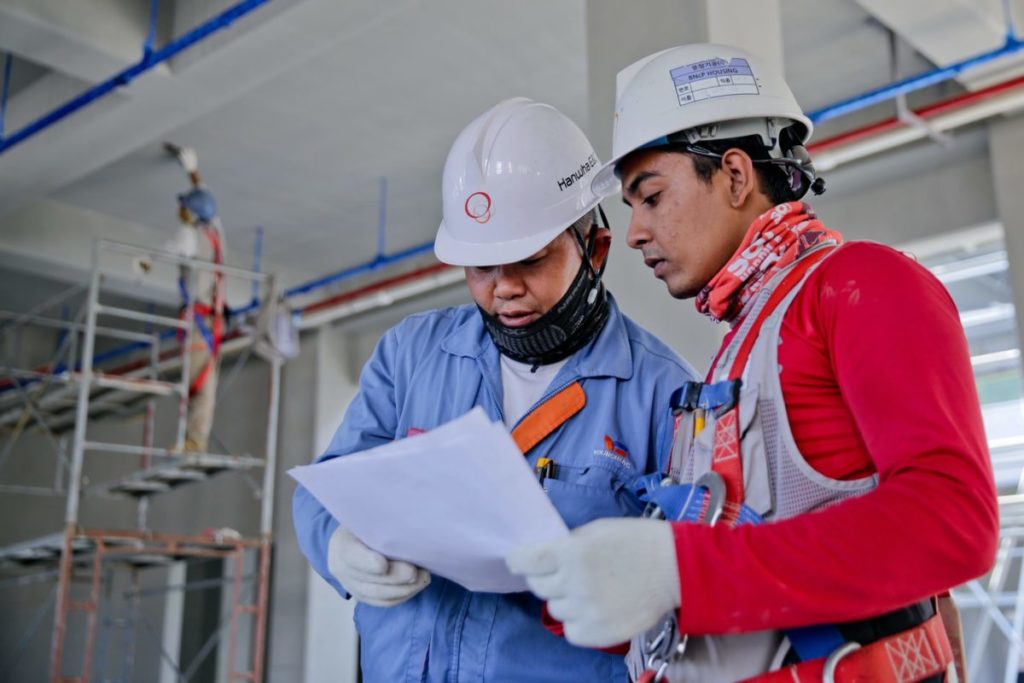Construction companies are among the many industries with the most environmental impact. Construction sites are prone to soil erosion, water pollution, and air pollution. The government placed ecological regulations on these companies to minimize these effects.
According to reports, 11% of all global emissions come from the construction industry. These emissions are due to burning fossil fuels, such as diesel, to power construction equipment. These materials also release harmful chemicals into the air, water, and soil.
To reduce their environmental impact, construction companies must comply with environmental regulations. There is also a need to prioritize safety in the workplace to protect employees from on-the-job injuries.
Here are four environmental and safety regulations construction companies should stay in compliance with:
The Clean Water Act (CWA)
The CWA is a federal law that regulates discharges of pollutants into navigable waters. The goal of the CWA is to restore and maintain the chemical, physical, and biological integrity of our nation’s waters. Construction companies must take steps to prevent stormwater runoff from becoming contaminated with pollutants like oil, grease, and chemicals.
Construction firms must manage construction stormwater pollution using Storm Water Pollution Plans (SWPPPs). An SWPPP is a site-specific plan that outlines the practices and procedures construction companies will use to minimize pollution. The CWA requires construction companies to submit an SWPPP and Notice of Intent (NOI) to secure a construction stormwater general permit.
Since not all construction companies have the time and expertise to acquire such complicated permits, it only makes sense to find a reliable company specializing in SWPPPs. Thankfully, some environment compliance companies offer SWPPP services that can help you save time and money. Find one committed to creating engineered storm water pollution plans that will satisfy all state, federal and local regulations.
The Resource Conservation and Recovery Act (RCRA)
Under the RCRA, construction companies are responsible for managing disposing of their hazardous wastes in an environmentally sound manner. Hazardous wastes include things like paint thinners, solvents, and asbestos-containing materials.
Construction firms must also correctly label their hazardous wastes and track how much they generate each year. They must also have a plan for dealing with hazardous wastes in the event of a spill or release. You must submit an Environmental Management Plan (EMP) to your local environmental agency.
If you generate more than 220 pounds of hazardous waste per month, you will also need to obtain a permit from the Environmental Protection Agency or EPA. You can also outsource the services of hazardous waste disposal companies to help you manage and dispose of your hazardous wastes and acquire the necessary permits.
The Clean Air Act (CAA)
The CAA regulates air emissions from stationary and mobile sources. The CAA aims to protect public health and the environment from the harmful effects of air pollution. Under the CAA, construction companies must obtain permits before emitting air pollutants.
Construction companies must also take steps to minimize their emissions of air pollutants. One way to do this is to use low-emitting equipment and materials. Low-emitting equipment and materials include electric vehicles, low-emitting engines, and certified wood products.
Another way construction companies can reduce air pollution is by implementing Best Management Practices (BMPs). BMPs are practices that help minimize the generation of air pollutants. Some common BMPs used in the construction industry include site layout and design, dust control, and equipment maintenance.
You can also reduce air pollution by using alternative fuels. Some common alternative fuels used in the construction industry include biodiesel, compressed natural gas, and propane. Many compliance services companies offer CAA permitting and compliance assistance. These companies can help you obtain the necessary permits and implement BMPs to help reduce your emissions of air pollutants.
The Occupational Safety and Health Act (OSHA)
The OSHA requires employers to provide their employees with a safe and healthful workplace. Under OSHA, construction companies must protect employees from hazards such as falls, electrical shocks, and exposure to harmful chemicals.
Construction firms must also provide their employees with safety training. Safety training helps employees learn how to identify and avoid workplace hazards. It also teaches them what to do in the event of an accident or injury. You can find many reputable OSHA-approved safety training providers online. These providers offer online courses that you can take at your own pace.

There is also a need to provide outfitted PPEs or personal protective equipment for workers. These can help increase worker safety by protecting them from exposure to hazardous materials, falling debris, and other potential dangers. Some common types of PPE used in the construction industry include hard hats, safety glasses, and gloves.
Implementing housekeeping practices can also help improve worker safety. Good housekeeping practices help to keep the work site clean and organized. This can help to prevent accidents and injuries by reducing trip hazards and other potential dangers. Some standard housekeeping practices in the construction industry include sweeping, mopping, and vacuuming.
Another strategy would be to implement a safety incentive program. Safety incentive programs help to encourage employees to work safely. They can also help to improve employee morale and motivation. Some common safety incentive programs used in the construction industry include accident-free awards, safety bonuses, and gift cards.
There are many environmental and safety regulations that construction companies must comply with. These regulations include the Clean Air Act, the Clean Water Act (CWA), the Occupational Safety and Health Act, and the Resource Conservation and Recovery Act. Staying in compliance with these regulations is possible by obtaining the necessary permits, implementing Best Management Practices, and using low-emitting equipment and materials. By taking these steps, construction companies can help to protect the environment and the safety of their employees.



